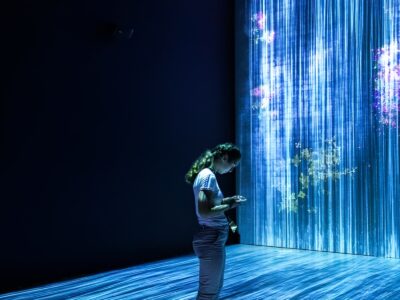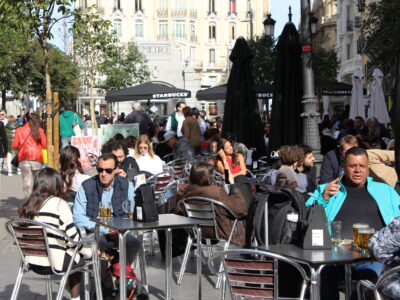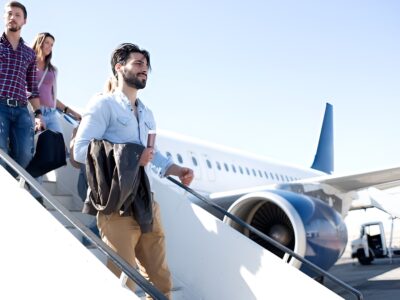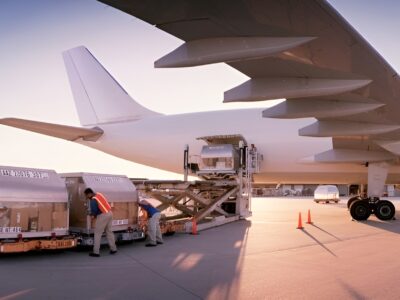
Omar Ali Saifuddien Mosque, Brunei | Photo Credit: Bernard Spragg
This tiny Islamic country in south-east Asia recently made headlines for adopting a hardline version of Sharia law for which it was criticised. The country, rich in oil & gas, is also a tourist’s delight.
An average Indian is unlikely to have heard of Brunei, even though most would be aware and many would have already travelled to several of its neighbours like Singapore, Malaysia or Indonesia. This is also as the Sultanate itself has not made any effort to reach out to the Indian travel enthusiasts. But a sizable amount of Indian workforce is present in this small nation located on the north coast of the island of Borneo in south-east Asia. Brunei’s population was just over 400,000 in 2018, akin to the population any mid-sized city like Udaipur, or Gaya. Currently mostly visited by the south-east Asian tourists by road, Brunei remains a land of mystery worth exploring its ecotourism, cultural and Islamic heritage tourism offerings.
An absolute monarchy under a Sultan, Brunei is richer than many larger countries and hence it has always been a little reluctant in aggressive tourism promotion in general, unlike its much bigger or better-known neighbours. Yet, the nation is an exciting offbeat destination, especially for the connoisseurs of Islamic art, culture and heritage.
Quick Facts
The easiest way to reach Brunei from India would be with a stopover at Kuala Lumpur or Singapore. AirAsia and Malaysia Airlines serve Brunei capital Bandar Seri Begawan from Kuala Lumpur and Singapore Airlines from Singapore.
All Indian passport holders require a visa to visit Brunei which must be obtained from the High Commission of the country in New Delhi. A typical tourist visa valid for three months would cost INR 1900 for single entry and INR 2400 for multiple entries. English is widely understood and tourists are expected to respect the local culture. One Bruneian Dollar (BND) is about INR 53.
Brunei International Airport is only a 15-minute drive away from the city and is easily accessible by public transport. Alternatively, one can download Brunei’s very own ride-booking app, Dart. Once in the capital, the main areas of attraction are all within a walking distance. Also, if someone is looking for a trip across the river or to avoid road traffic, grabbing a water taxi from the riverside prime locations is a smart option.
Golden Domes
It is interesting to find that many architectural wonders in Brunei have one thing in common. They have one or multiple golden domes. Named after the late 28th Sultan of Brunei, the Omar Ali Saifuddien Mosque remains one of the most magnificent landmarks in the capital and a must-see for any visitor. Built in 1958, this mosque with its exquisite golden domes, the artificial lagoon and a 16th-century barge, is Brunei’s symbol of modern Islamic architecture in the Asia Pacific region. Jame’ Asr Hassanal Bolkiah Mosque celebrating the 29th Sultan will equally stun any visitor with its 29 golden domes standing tall with air-conditioned modern interiors.
Istana Nurul Iman, the residence of the current Sultan of Brunei, gives a quick photo opportunity at this majestic palace with its gold domes and vaulted roofs. If someone is visiting Brunei during the first three days of Eid in the month of Shawwal (the tenth month of the lunar-based Islamic calendar), that normally falls in May or June, he or she can enter Istana as members of the public are welcome for a wonderful celebration of food, and to meet and greet with members of the royal family.
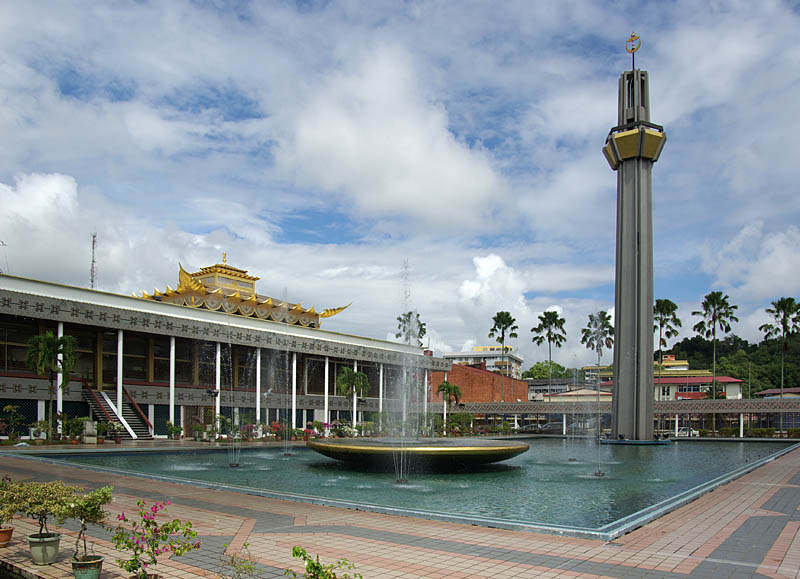
Lapau, the royal ceremonial hall, Brunei | Photo Credit: Stefan Fussan
There are a few more historically interesting mosques coloured in green, blue and gold which are considered pure pieces of beauty. The interior as well as the exterior of Lapau, the royal ceremonial hall where Sultan Bolkiah, the current ruler, was crowned is decorated in exquisite gold. The throne is also covered with gold. There are a few more museums for the art and history enthusiasts worth stopping by in the surroundings.
Water Village
Brunei’s iconic historical settlement, Kampong Ayer, is a sight not to be missed. Hop on a water taxi at the waterfront to ask for a tour around the water village. It is also worth asking the water taxi to visit the mangroves and the rainforests and to try spot some proboscis monkeys in the wild. If you’re lucky you can spot some crocodiles and monitor lizards basking in the sun too.
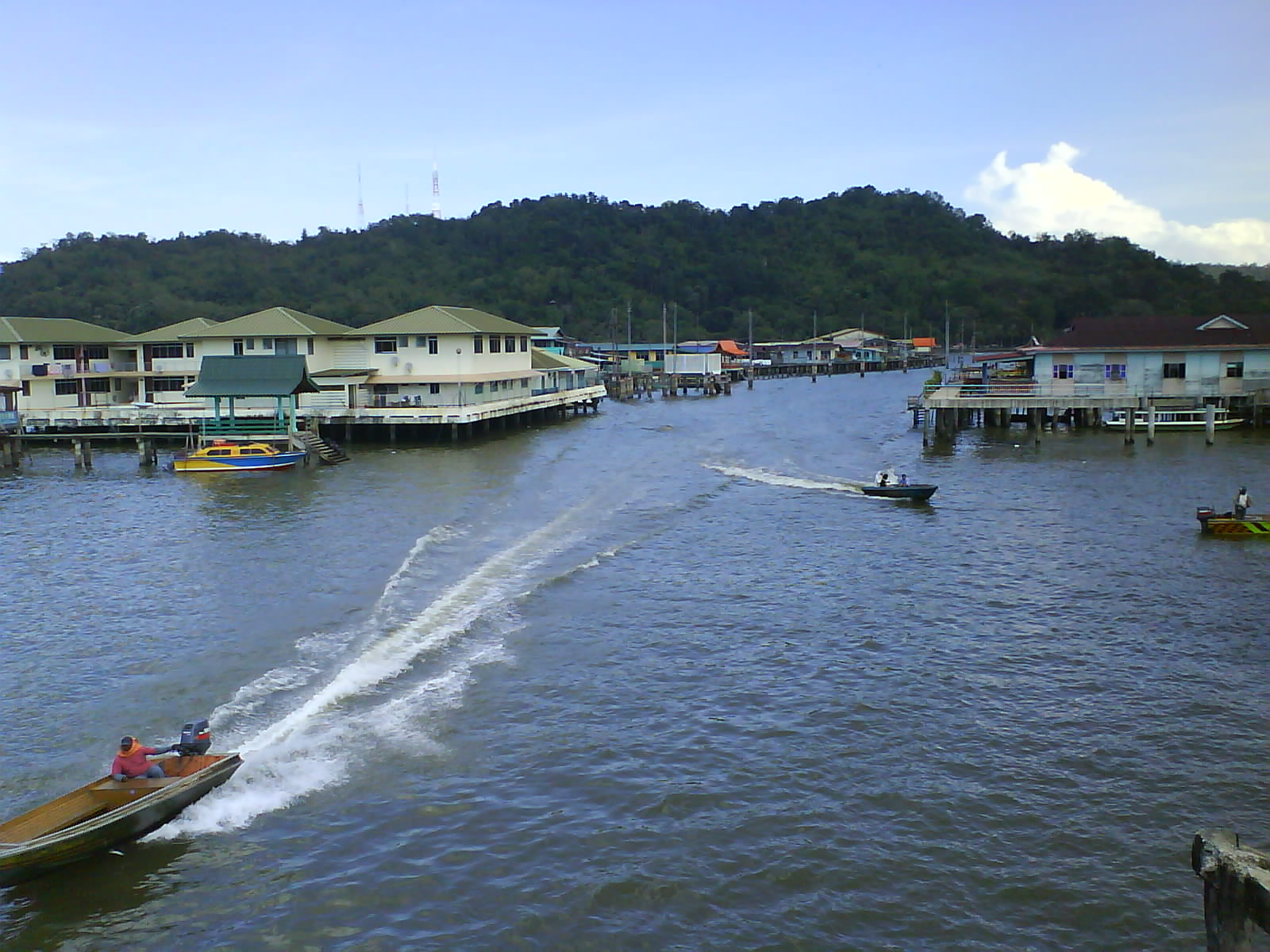
Kampong Ayer, the water village, Brunei | Photo Credit: Kurun
Nature and adventure
For those looking for a bit to adventure to top up the architectural sights, the picturesque shorelines with sun-kissed beaches of Brunei are there. Sporting smooth sand and clear water, take a quiet stroll along these beaches or engage in the exhilarating water-sports. Off the coast of Brunei lies a diver’s paradise undiscovered to most, with vast coral reefs with gorgeous marine life.
Food for all
It will be a miss if Brunei’s local cuisine is not sampled. Ambuyat, the national dish, consists of a mix of starchy, solid whites (similar to tapioca) and water served sticky with a dip called Cacah (usually sour and spicy). Bamboo Chicken, Nasi Katok (rice & chicken), Tapai (rice wrap) and Selurut (steamed rice cake) are some other Bruneian delicacies to be tried.
There’s no shortage of Indian food joints as almost at every corner, one can find an eatery serving Indian ‘Roti Canai’ and ‘Teh Tarik’ – amongst other things.
The Indian community in Brunei is estimated to be around 6,000. A number of doctors in Brunei are Indian. Other professionals include engineers, IT professionals, bankers and teachers. Indian businessmen enjoy a near monopoly in the textiles sector. Currently, business travellers and the VRFs (visiting friends and relatives) make up for almost the entire traffic from India to Brunei.
However, some travel operators have started looking at Brunei as a luxury destination especially for those who prefer to travel to South East Asia. Far from being visible in the Indian tourists’ map for the moment, this tiny kingdom keeps itself open for those who prefer off the beaten track.










